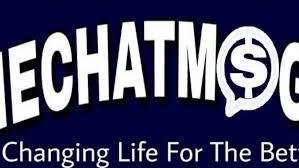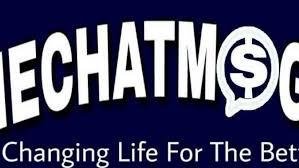Understanding the CAMHS Assessment for Autism
When seeking a CAMHS assessment for autism, it is essential to understand the structured process used to evaluate neurodevelopmental conditions. The Child and Adolescent Mental Health Services (CAMHS) is a specialist NHS service that assesses and supports young people with mental health and developmental disorders, including autism spectrum disorder (ASD).
Referral and Initial Screening
The diagnostic journey begins with a referral. This can be initiated by various professionals, including:
-
General Practitioners (GPs)
-
Pediatricians
-
School Special Educational Needs Coordinators (SENCOs)
-
Social workers
Once a referral is accepted, an initial screening determines whether a full CAMHS assessment for autism is required. During this stage, professionals gather preliminary information from parents, teachers, and the child.
Comprehensive Autism Diagnostic Assessment
Clinical Interviews and Parent Consultation
A key component of the assessment is a structured clinical interview with parents and caregivers. Standardized tools such as the Autism Diagnostic Interview-Revised (ADI-R) may be used to gather a detailed developmental history.
Direct Observational Assessments
Children and adolescents undergo structured observations using evidence-based tools like:
-
Autism Diagnostic Observation Schedule (ADOS-2) – A play-based assessment that evaluates communication, social interaction, and restricted behaviors.
-
Social Communication Questionnaire (SCQ) – A caregiver-completed tool to screen for ASD traits.
These assessments allow clinicians to directly observe social, verbal, and non-verbal behaviors indicative of autism.
Criteria for CAMHS to Diagnose Autism
The diagnostic process follows the DSM-5 (Diagnostic and Statistical Manual of Mental Disorders, Fifth Edition) and ICD-11 (International Classification of Diseases, 11th Revision) criteria for autism spectrum disorder. CAMHS professionals assess for:
-
Persistent deficits in social communication and interaction, including challenges in:
-
Reciprocal conversations
-
Non-verbal communication (e.g., eye contact, gestures)
-
Understanding and maintaining relationships
Restricted, repetitive behaviors, interests, or activities, such as:
-
Repetitive speech or motor movements (e.g., echolalia, hand-flapping)
-
Insistence on routines and resistance to change
-
Hyper- or hypo-reactivity to sensory stimuli (e.g., aversion to loud noises, fascination with lights)
Multi-Disciplinary Team Review
The final diagnosis is determined through a multi-disciplinary team (MDT) review, which includes:
-
Clinical psychologists
-
Pediatricians
-
Speech and language therapists
-
Occupational therapists
This holistic evaluation ensures that other conditions (e.g., ADHD, anxiety disorders, intellectual disabilities) are appropriately considered.
What to Expect After a CAMHS Autism Diagnosis
Post-Diagnosis Support and Recommendations
Following a diagnosis, CAMHS provides a tailored support plan. This may include:
-
Educational Support: Schools may implement Education, Health, and Care Plans (EHCPs) to accommodate learning needs.
-
Behavioral Interventions: Therapies such as Applied Behavior Analysis (ABA) or Cognitive Behavioral Therapy (CBT) may be recommended.
-
Speech and Occupational Therapy: Targeted support for communication challenges and sensory integration issues.
Parent and Family Support
Families are guided towards support groups, workshops, and behavioral management programs to help them navigate autism-related challenges effectively.
The CAMHS Autism Assessment Timeline
The time frame for a CAMHS assessment for autism varies based on location and demand. Typically:
-
Referral to Initial Screening: 2-6 months
-
Full Diagnostic Assessment: 3-12 months post-referral
-
Diagnosis and Support Planning: Varies depending on local services
Conclusion
The CAMHS diagnose autism process is a comprehensive, evidence-based assessment involving multiple professionals to ensure an accurate diagnosis. Families should prepare for a thorough evaluation, multiple sessions, and follow-up support to optimize outcomes for children with autism. Early intervention and structured support can significantly improve quality of life and long-term development.



